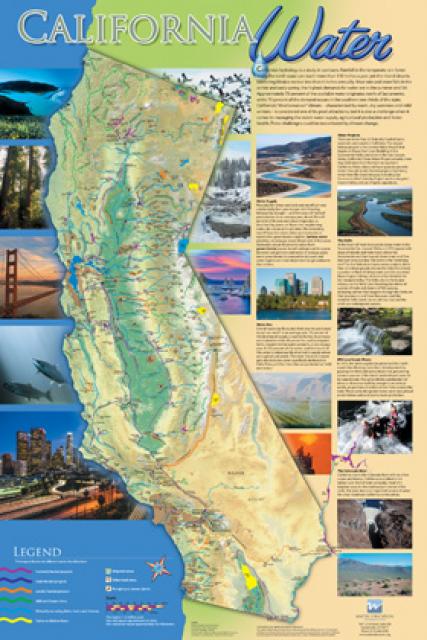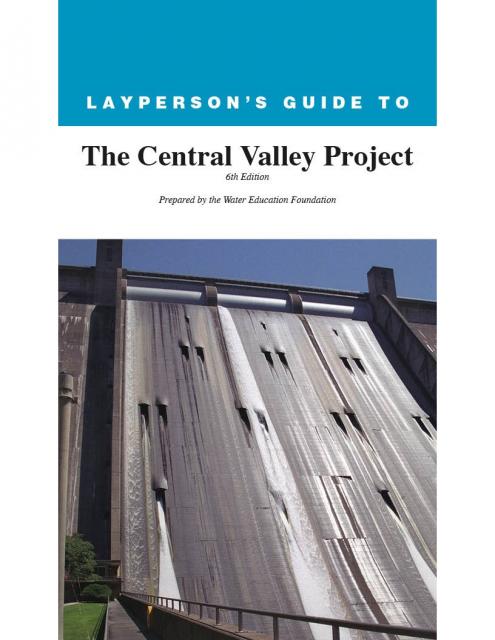American River
 The American River originates high
in the Sierra Nevada just west of Lake Tahoe, in the Tahoe and
Eldorado national forests.
The American River originates high
in the Sierra Nevada just west of Lake Tahoe, in the Tahoe and
Eldorado national forests.
The birthplace of the California Gold Rush, the river today is a prime recreational destination and a major water supply source for the federal Central Valley Project.
Several millennia before the Gold Rush, the American River was home to the Maidu people, who depended on the salmon and lamprey eel native to the waters. Their population diminished after Spanish settlement and the establishment of Gold Rush communities a century later.
The American River’s three forks – north, middle and south – are distinct in geology, history and use.
North Fork: The North Fork, the longest tributary, winds 88 miles through a steep forested canyon with high granite walls, waterfalls and deep pools throughout until it meets the Middle Fork. The tributary is known for its scenery and popularity with whitewater rafters, trout anglers and hikers. The North Fork flows freely for 38 miles before reaching the North Fork Dam. Congress added the segment to the National Wild and Scenic Rivers Act in 1978 to preserve its free flows from dams. The state provided similar protection earlier under the California Wild and Scenic Rivers Act.
South Fork: The discovery that sparked the California Gold Rush was on the South Fork at Coloma. While building Sutter’s Mill in 1848, James Marshall explored a stream bed and found specks of gold in the soil. News quickly spread and settlers went from plucking nuggets along the banks of the river to more powerful hydraulic mining. An 1884 court ruling banned highly destructive hosing of river banks but those along the American and other Sierra rivers still bear the scars.
Middle Fork: The Middle Fork was an area of immense success during the Gold Rush, rewarding its miners with one of the largest gold bounties in the state. A horseshoe bend was spotted where miners believed gold had settled, leading to a four-year project of blasting through the granite mountain until Tunnel Chute was created and the largesse uncovered. The Chute is now a famous rapid for rafters, lured by the challenge of navigating heavy dam-controlled flows.
The Middle and North forks meet near Auburn, flowing southwest to join the South Fork at Folsom Lake to become the mainstem American River, which merges with the Sacramento River in Sacramento. The 23-mile stretch below the federally operated Folsom and Nimbus dams is within the American River Parkway and included in the state and national “wild and scenic” river systems.
Updated September 2024











